From Academy-Award-Nominated Screenplay Writer to Novelist
The Big Thrill Interviews Author Iris Yamashita
By Susan Goldenberg
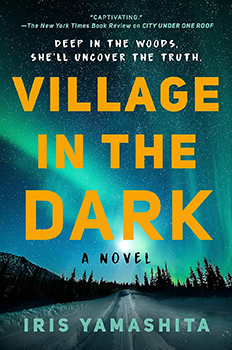 Triple-talent Iris Yamashita—author, screenwriter, and film school lecturer—is a shining example of skillful time management. We can all learn from her. She and her publisher, Berkley, a Penguin Random House imprint, wanted to follow up promptly on her hit first mystery, City Under One Roof, published January 2023, with a sequel. She set up a work schedule that would meet her deadline date, and voila! the sequel, VILLAGE IN THE DARK, was released this February, just over a year after City Under One Roof.
Triple-talent Iris Yamashita—author, screenwriter, and film school lecturer—is a shining example of skillful time management. We can all learn from her. She and her publisher, Berkley, a Penguin Random House imprint, wanted to follow up promptly on her hit first mystery, City Under One Roof, published January 2023, with a sequel. She set up a work schedule that would meet her deadline date, and voila! the sequel, VILLAGE IN THE DARK, was released this February, just over a year after City Under One Roof.
Iris told me: “I did the outline, two months of research, then wrote. Three drafts, 2 ½ months each: (1) what I call ‘the vomit draft,’ free-thinking, free-flowing, establish the characters, no self-editing; (2) make the manuscript comprehensible; (3) fine-tuning. All told, about a year, including the outline and addressing editor notes. I finished just on schedule.”
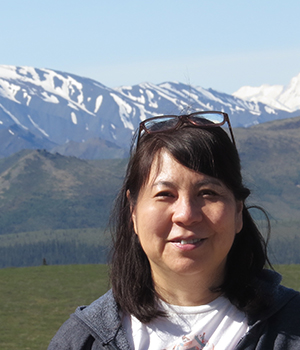
Anchorage, Alaska, detective Cara Kennedy visits the graves containing bone fragments proved by a DNA test to be those of her husband and six-year-old son, who mysteriously disappeared during a hiking trip in City Under One Roof. Sixteen months have elapsed. Iris writes: “In the cemetery a sudden gust of wind picked up, coiling around Cara like a chilling, bodiless snake and marking her shiver involuntarily. Was it a protest from the dead? Maybe she would never be able to get the answers she had been looking for. But she also knew that if she didn’t try, she could never put the past behind her to rejoin the land of the living.” Cara has the remains exhumed, which leads to an exciting story filled with twists and turns. “I made a point of having a cliffhanger at the end of each chapter,” she told me with a smile.
A substantial portion of the book occurs in City Under One Roof’s Point Mettier, an isolated community in which all 205 residents live in a single high-rise building, modelled on unusual real-life Whittier, Alaska, which Iris learned about from a documentary and then visited. Whittier is 58 miles southeast of Anchorage, only reachable by a mixed-use road and rail tunnel. “I wanted to bring back one or more characters that hadn’t been explored deeply in the first book,” Iris said. She selected volatile Ellie Wright. “It screamed out that she had a story to tell and would be fun to write.”
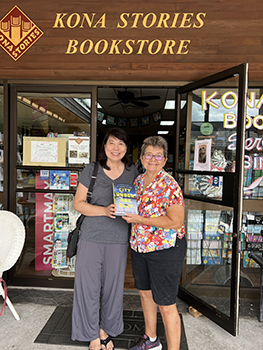
Iris brought back some villains and added a fictional, mysterious, sinister biotech company, “Almagor,” that prepares and traffics plasma. Iris’s inspiration: “There was a pharmaceutical company down the street from where I used to live in Los Angeles. It struck me as out of place. There was no other pharmaceutical company, no other industry, and it had lots of security. I found out it was a plasma company. I researched and learned that certain things in plasma collection aren’t completely honest.
“I made up the name ‘Almagor.’ It sounded pharmaceutical. I searched Google to see if a company existed with that name, and Berkley’s legal team also checked. They found one, but it wasn’t biotech and was in another part of the world.”
She chose Alaska as her locale because the diversity of the population resonated with her background. Of Japanese heritage, she was born in Missouri, raised in Hawaii, and lived in Guam and Japan, then California. “Few people in Whittier actually grew up there. There are people from Samoa, the Philippines, Guam, China, and the ‘Lower 48’ U.S. states.”
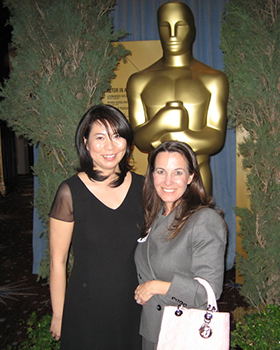
What she calls “my big break” came when Clint Eastwood hired her to write the screenplay for Letters from Iwo Jima, based on the Japanese perspective of the battle, that he was co-producing and would direct in tandem with a movie he was doing from the American viewpoint. The film was released in 2006, and she was nominated for an Academy Award for best original screenplay of that year. “I was so nervous when I met him, but he put me at ease. I found him intelligent, thoughtful, gentle, and soft-spoken. Not at all like ‘Dirty Harry.’”
She continued doing screenplays and taught screenwriting at the University of California, Los Angeles, and the American Film Institute. She wrote fiction as a hobby. The COVID-19 lockdown opened up the opportunity to write a book. “No more in-person meetings; it freed up a lot of time.” For her genre, she picked mysteries. “I always told students that a great way to start a story is with a dead body.” She submitted a partial manuscript of City Under One Roof to a literary agent who loved it and took it to Berkley, which loved it too and gave her a two-book contract, for starters.
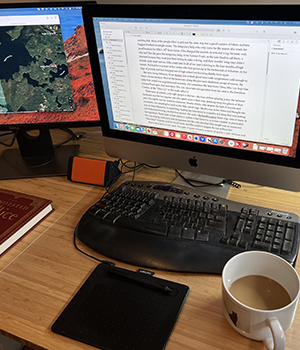
Writing books has been liberating, she says. She explains: “A book is original, whereas, unless you’re Christopher Nolan (Oppenheimer, etc), you don’t get to do something original as a screenplay. Rather, it’s an assignment based on a book or a news article, or the producer has an idea, and the producer, director, and actors all have input. You get notes from everybody, and they may be conflicting. Yes, you get notes from a book editor, but they’re about clarification and/or grammar; they don’t write your story.”
She says the main difference between writing a screenplay and a book is that more details are required in a novel. “When describing a character, for instance, in a screenplay it’s generic—woman, man, child—and the producer, director, and casting director go from there. In a book, you need to give a detailed physical description.”
Iris describes her home workspace as ergonomic—desk, chair, divided computer keyboard on which she uses all her fingers, not just two. She has two computer screens to view her manuscript and research simultaneously. She uses Scrivener software for her writing and belongs to a critique group of screenwriters, including a few who have started writing books like herself.
The Big Thrill Interviews Author Iris Yamashita











